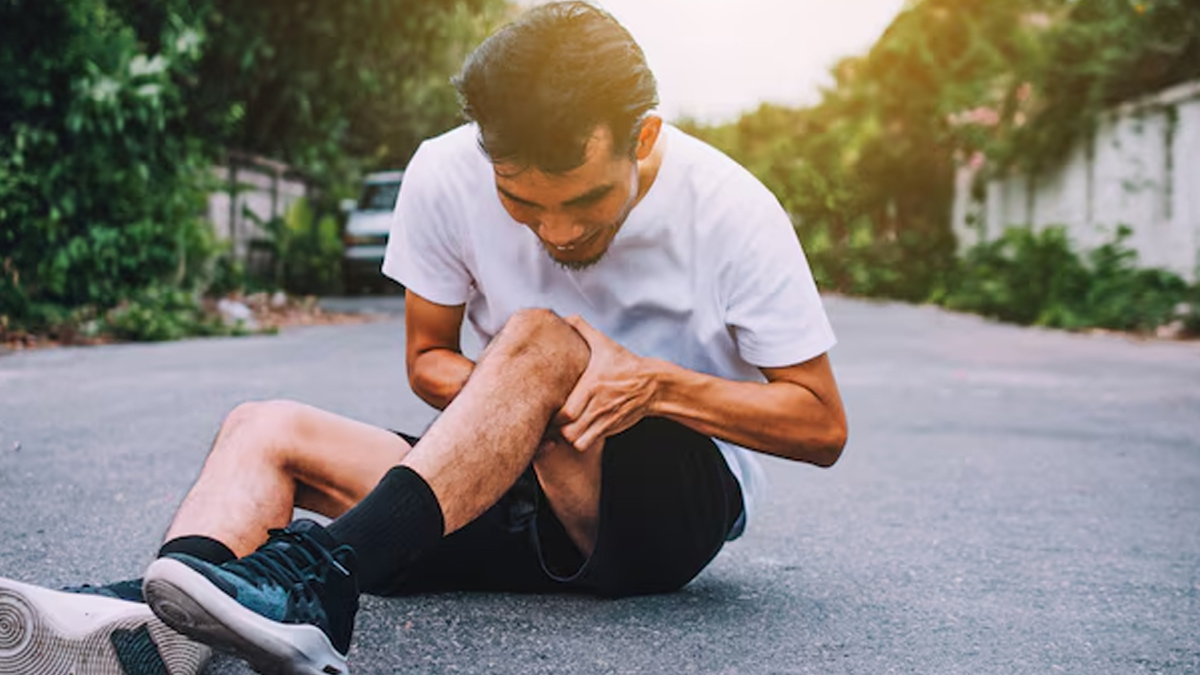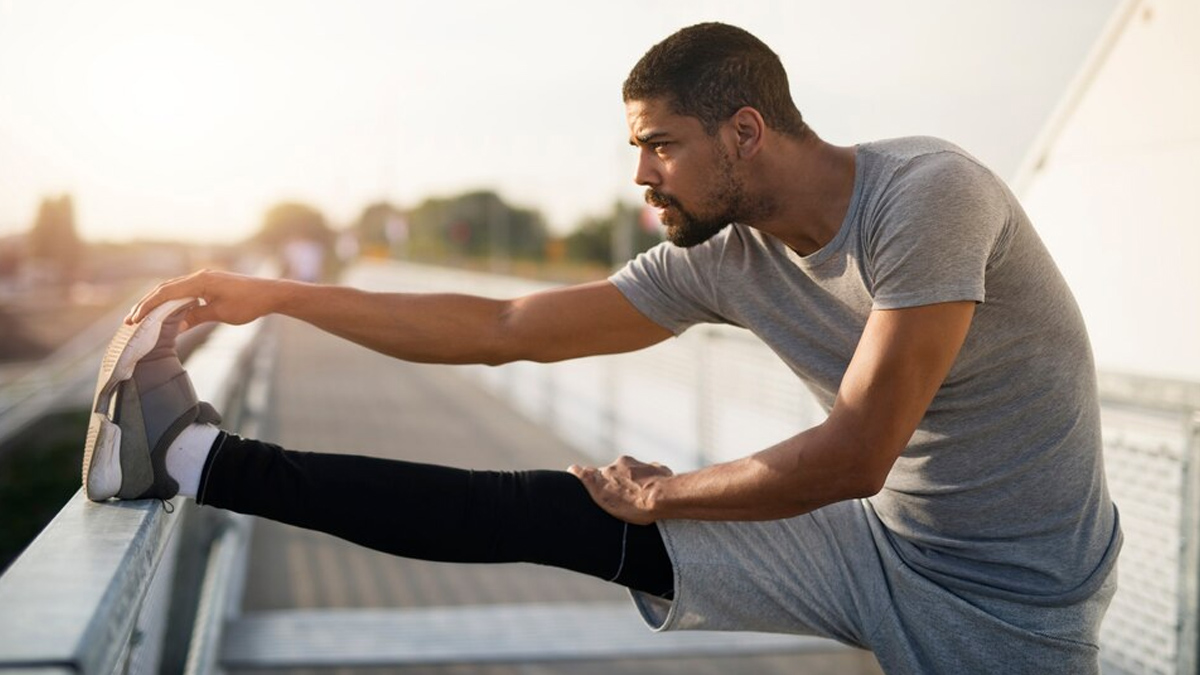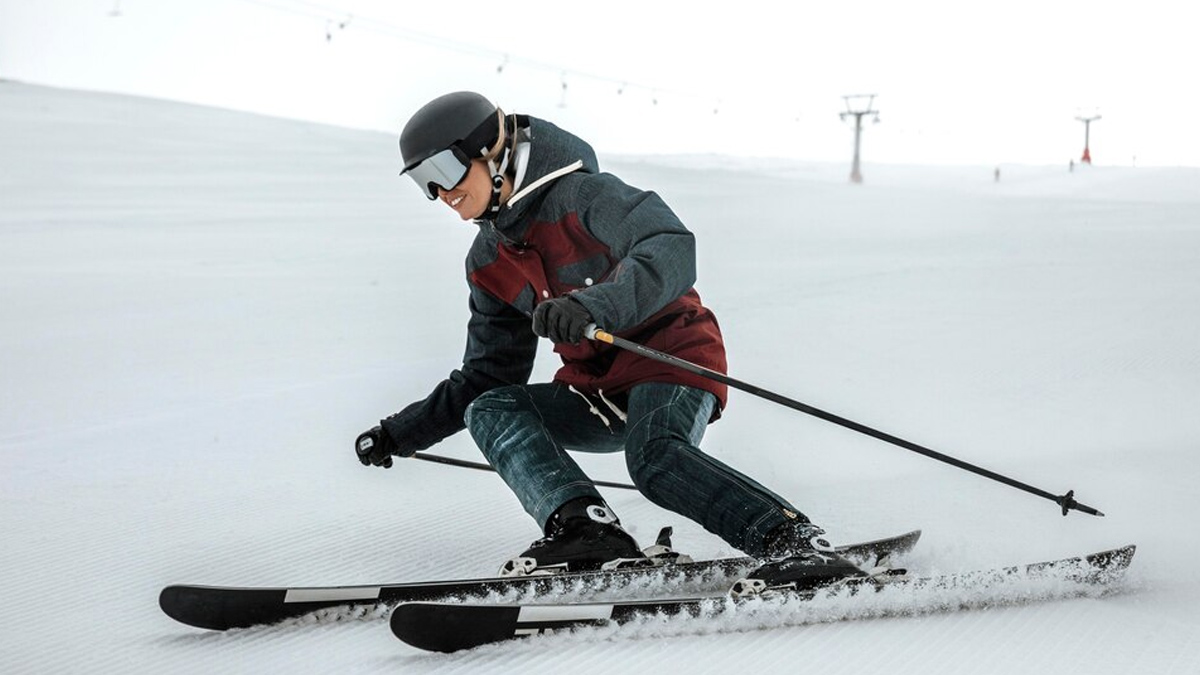
Have you ever stepped onto an icy slope or laced up your skates, only to feel a little nervous about the risk of injury? Winter sports are fun and thrilling, but they come with their own set of challenges. From skiing to ice skating, these activities can lead to injuries if we're not careful. Understanding the most common winter sports injuries and learning how to prevent them can help you enjoy the season to the fullest, without the worry of a trip to the doctor.
Table of Content:-
Common Winter Sports Injuries
The cold weather and icy conditions during winter can lead to a variety of injuries. Some of the most common include:

- Sprains and Strains: These injuries often occur due to slips, falls, or overuse of muscles and joints. Ankles, knees, and wrists are particularly susceptible.
- Fractures: Falling on ice or during high-impact sports like skiing can lead to broken bones, especially in the wrists, arms, and legs.
- Knee Injuries: Skiers and snowboarders are at a higher risk for knee injuries, such as Anterior Cruciate Ligament (ACL) tears, due to the twisting motions involved in these activities.
- Concussions: High-speed impacts or collisions, particularly in hockey or skiing, can result in head injuries like concussions.
- Frostbite and Hypothermia: While not directly caused by sports, exposure to extreme cold during outdoor activities can lead to frostbite and hypothermia, posing serious health risks.
Also Read: Why Pain After An Accident Often Appears Hours Later: Immediate Steps To Take
Why Are Injuries More Common in Winter?
Winter sports take place in challenging environments where icy surfaces, reduced visibility, and freezing temperatures increase the likelihood of accidents. Cold weather can also affect your muscles, making them less flexible and more prone to injuries. Additionally, the bulky winter clothing needed to keep warm can sometimes restrict movement, increasing the risk of falls or improper technique.
How to Prevent Winter Sports Injuries
1. Warm Up and Stretch

Cold muscles are more prone to strains and tears, so it’s crucial to warm up properly before engaging in any physical activity. Therefore, spend 10-15 minutes doing dynamic stretches or light aerobic exercises to increase blood flow and loosen up your muscles.
2. Wear Appropriate Gear
You should invest in high-quality, well-fitted equipment for your chosen sport. For example, skiers and snowboarders should wear helmets and goggles, while hockey players need protective padding. Don’t forget insulated, moisture-wicking clothing to stay warm and dry.
3. Check the Weather and Conditions
Before you set out, make sure to check the weather forecast and the condition of the trail or rink. Steer clear of activities during severe weather or on surfaces that are not well maintained, as these can heighten the risk of accidents.
Also Read: Common Weaknesses To Watch Out For During Workouts And How To Overcome Them
4. Learn Proper Techniques

Whether you’re skiing, skating, or playing hockey, learning the correct techniques is vital. Consider taking lessons or seeking guidance from experienced players to improve your skills and reduce the risk of injury.
5. Know Your Limits
Don’t push yourself beyond your skill level or physical capacity. Trying to perform advanced manoeuvres without proper training can lead to accidents. Take breaks when necessary and pay attention to your body's signals.
6. Maintain Your Equipment
Regularly inspect and maintain your sports equipment to ensure it’s in good condition. For example, sharpen your ice skates and check your ski bindings to reduce the risk of falls.
7. Stay Hydrated

Staying hydrated in cold weather is just as crucial as in summer. It’s easy to underestimate hydration during winter. Dehydration can negatively impact your performance and raise the risk of cramps and injuries.
What to Do If You Get Injured
Despite your best efforts, injuries can still happen. Knowing how to respond can make a big difference in your recovery:
- Stop Immediately: If you feel pain or suspect an injury, stop the activity immediately to prevent further damage.
- R.I.C.E. Method: For minor injuries like sprains, apply the R.I.C.E. method: Rest, Ice, Compression, and Elevation to help decrease swelling and alleviate pain.
- Seek Medical Attention: For severe injuries, such as fractures or head trauma, seek professional medical care right away.
[Disclaimer: This article contains information for informational purposes only. Hence, we advise you to consult your professional if you are dealing with any health issues to avoid complications.]
Also watch this video
How we keep this article up to date:
We work with experts and keep a close eye on the latest in health and wellness. Whenever there is a new research or helpful information, we update our articles with accurate and useful advice.
Current Version
